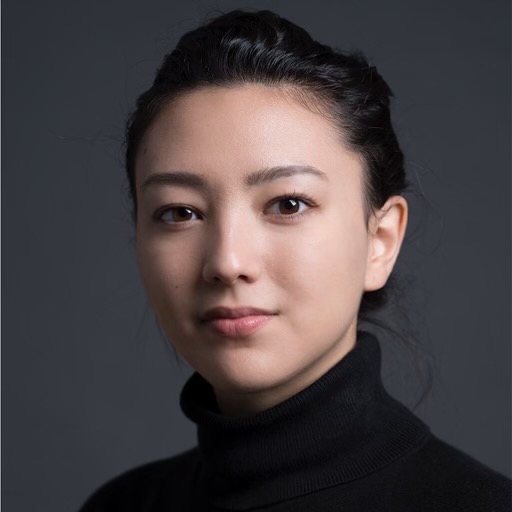With all the comings and goings of the long-awaited Tokyo Olympics opening ceremony – not to mention that jaw-dropping drone display – it’s easy to overlook the smaller but no less important details that go into this momentous event. Just like Japanese culture which is full of subtext and symbolism, there’s a host of hidden and less obvious references intertwining with the ceremony.
Don’t know what you missed? Here are some of the poignant references and meanings you may not have noticed while watching the Tokyo 2020 Olympics opening ceremony.
View this post on Instagram
The music scores were taken from famous video games developed in Japan
There was already buzz about the opening ceremony featuring video game soundtracks long before the event kicked off. Unless you’re exceptionally familiar with Japanese RPGs, you were likely to miss the full breadth of songs that were taken from these video games developed in Japan.
An impressive 19 tracks from a diverse mix of video games were played during the two hour-long team parade. The greatest hits selection include Final Fantasy ‘Victory Fanfare’, Kingdom Hearts ‘Olympus Coliseum, Monster Hunter ‘Proof of a Hero’, Chrono Trigger ‘Robo’s Theme’ and Sonic the Hedgehog ‘Star Light Zone’, just to name a few.
View this post on Instagram
The teams came out in Japanese alphabetical order
Greece, being the birthplace of the Olympic Games, is traditionally the first nation to lead the ceremony’s parade of athletes into the stadium, after which athletes are lined up in alphabetical order. But when Afghanistan and Azerbaijan were preceded by Iceland and Ireland for Tokyo’s opening ceremony, many viewers were lost in trying to work out how the order of the athletes was arranged. In fact, the athletes were still aligned alphabetically, just that the alphabet in question was the syllabary writing system of katakana.
View this post on Instagram
The sign boards were like manga comic strips
Speaking of country names, did you spot the signboards with the names of each country/region written in katakana? The designs for these were inspired by Japanese manga comics.
View this post on Instagram
The costumes are a summer festival staple in Japan today
It was easy to spot the nod to Edo-era traditions during one of the opening acts when performers emerged in hanten coats. As showcased in the medley, these coats were worn by craftsmen and carpenters during the Edo period and are now commonly seen at Japan’s summertime festivals.
A more subtle design, however, was the breathtaking dress (pictured above) that singer-songwriter Misia wore to sing the national anthem. Designed by openly gay costume designer Tomo Koizumi, the dress was made to honour the LGBTQ+ community and symbolise the fight for LGBTQ+ equality.
View this post on Instagram
Tokyo Olympics come full circle since the city first hosted the Games in 1964
The Olympic Rings that were unfurled at the dance medley during the first half of the ceremony weren’t just any ordinary rings. The wood from these rings were crafted from trees of seeds that were planted at the time of the 1964 Tokyo Olympic Games.
View this post on Instagram
An Olympic Cauldron atop Mt Fuji
People will be talking for years about that iconic moment Naomi Osaka took the torch to light the Olympic Cauldron. The gravity of this event was especially symbolic as the steps Osaka climbed to reach the cauldron – designed to evoke the image of a blooming flower – was made to symbolise the world-renowned Japanese icon, Mt Fuji.
More from Time Out
In photos: 8 best moments from the Tokyo Olympics opening ceremony
How to watch the Tokyo Olympics online for free
Watch: the amazing blue human pictograms at the Tokyo Olympics opening ceremony
15 things to know about Japan at the Olympics
6 Olympic venues you should visit in Tokyo
Want to be the first to know what’s cool in Tokyo? Sign up to our newsletter for the latest updates from Tokyo and Japan.
